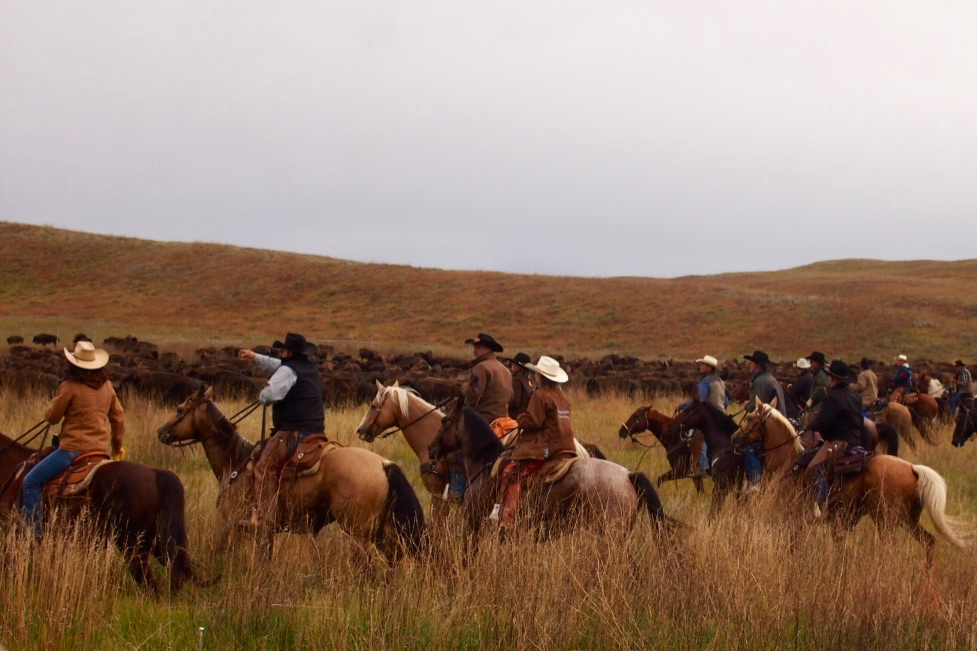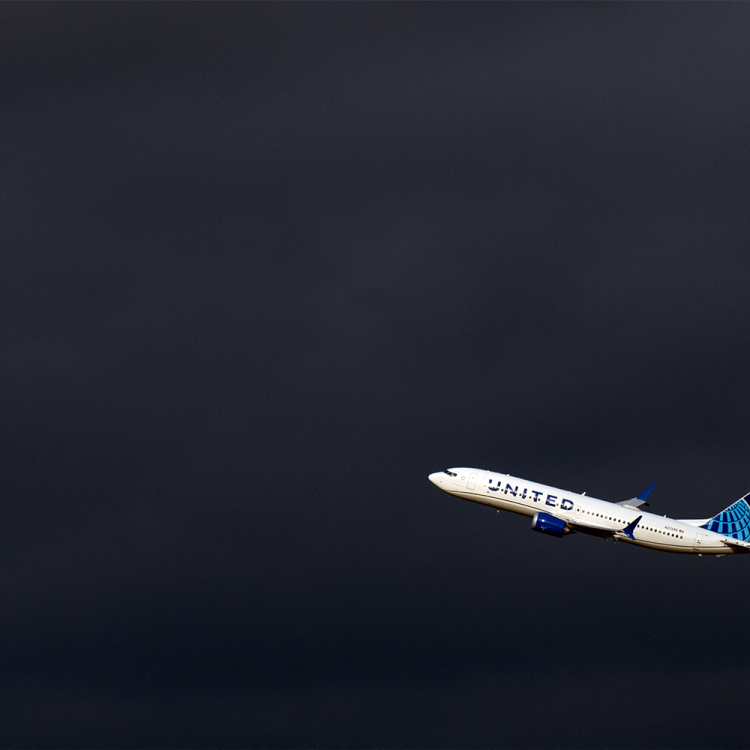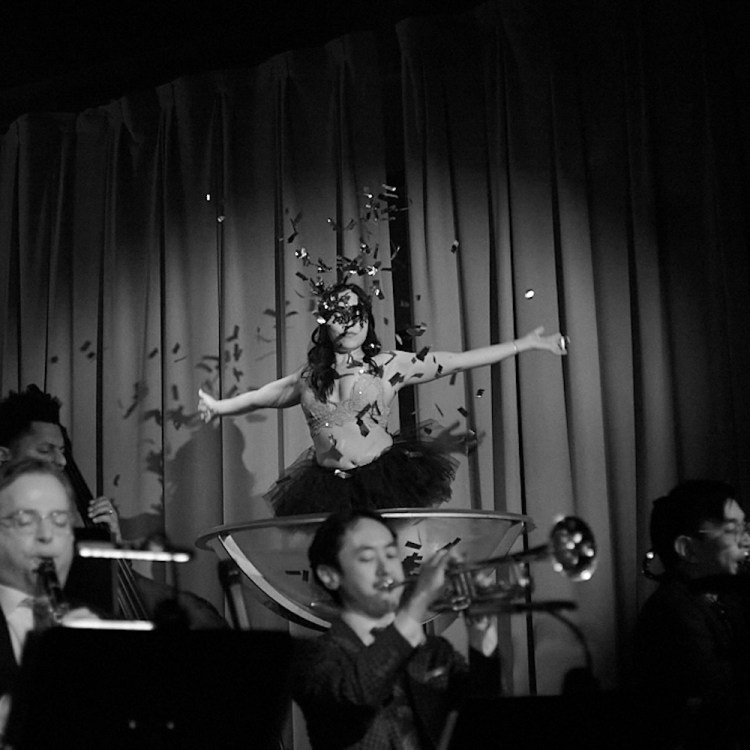The cowhands who watch over the 1,500 head of South Dakota’s Custer State Park buffalo herd say they won’t approach mature bulls until their harem females are in heat. Apparently when you weigh two-and-a-half tons, carry a head like a viking anvil and boast a top speed of 30 mph, no one rounds you up until you damn well feel like it.
That kind of zero-sum, survival-of-the-fittest mentality built the state of South Dakota, and it still dominates the annual autumn roundup of the state’s largest buffalo herd, a prime tourist attraction. (Before anyone chimes in with a bit of pub trivia, I know very well there are no buffalo in North America, technically. That’s a term thrown around euphemistically for the American Bison. But to the plains folk who have worked to replenish the species after it was hunted nearly to extinction in the days of the Great Western Expansion, it’s buffalo.)
I am lucky enough to be astride a horse for the occasion, taking up a place at the tail end of the roundup. I’m looking at more hairy asses than the towel boy at a Turkish bathhouse as the buffalo trot jostle, snort and fart their way through the tall grass in front of me. I realize for the first time what a buffalo really looks like: a brown-cow squeezed hard from the back end, forcing all of the muscle forward into one of nature’s more impressive battering rams. The curling horns are an aesthetic flare. If any of the full-grown creatures decide to charge today, we’ll be digging graves big enough to accommodate both horse and rider.

Fortunately, there are cowpokes infinitely more experienced and more talented than I could ever be riding close behind the gathering herd. Each year, the park assembles 60 volunteers from around the country (chosen by lottery) into red, white and blue teams to conduct the herd.
One of them is Chelsea Kingford, a young, clear-eyed and sharp-witted wrangler who came to the roundup via Montana. As comfortable on horseback as on her own two feet, she’s the kind of woman who no doubt realizes a good horse is preferable to the company of most men.
“It was an honor to be selected,” Kingford beams. “It’s such a popular event for ranch hands that we don’t get to apply for volunteering again for three years if we’re selected.” She adds, “It’s just great to get out here and finally and look around and the crowd of mostly guys and realize I belong out here just as much as they do.”
The core group of cowboys and gals are area Dakotans, most of whom have been heading up this ride for years. Team leader Bob Lantis doesn’t remember his exact age, and probably doesn’t care to. So, I’ll say he’s 206. He spends so many days riding that his lean torso stands on skinny legs permanently bowed to fit a saddle. You could drive a VW Beetle under his crotch with room for a luggage rack. Wrapped in faded denim and topped with a red, white and blue, star-spangled bandana, his aura is only slightly less American than Gary Sinise singing Battle Hymn of the Republic atop the Jefferson Memorial on the Fourth of July. Landis remembers when roundups like this were all about escorting animals to a butcher’s counter. Not anymore.
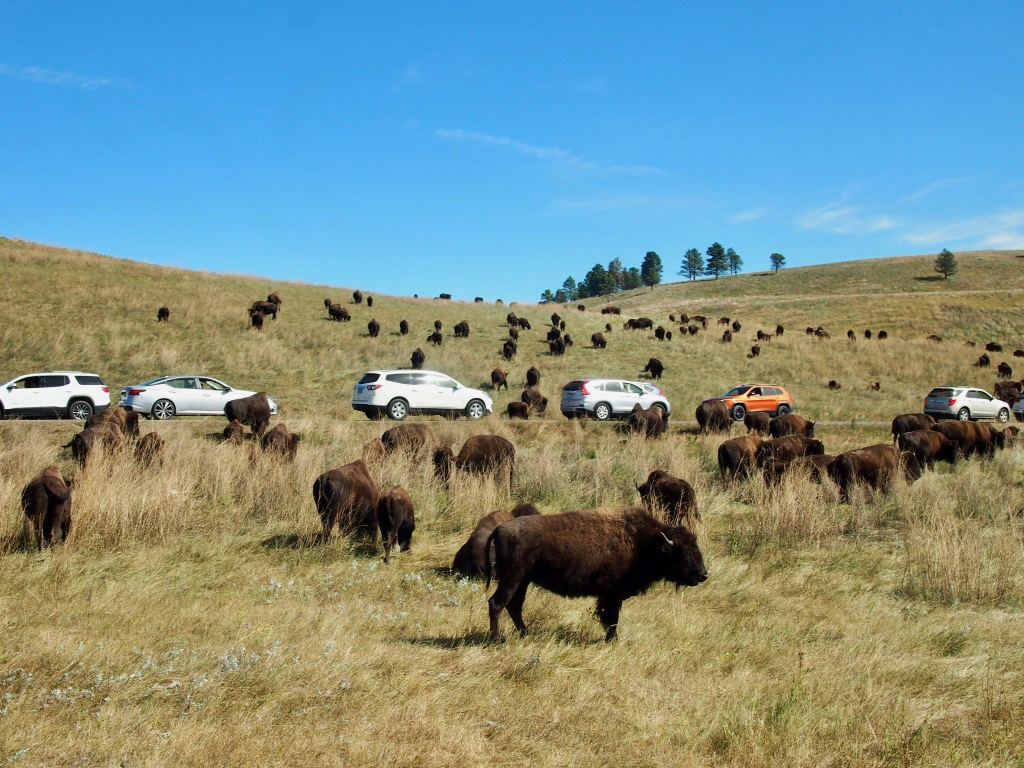
“Nowadays, we get ‘em rounded up, and the vets get ‘em their shots and such. Keep ‘em healthy. We need ‘em to keep the grass cut around here. The park auctions off some to keep the herd from getting too big, and that cash goes back into the herd. They raised something like $750,000 last year.”
Most of the other bunkhouse crew are retirees, well-off enough to afford horses and untethered enough to make the trip to the scenic country of western South Dakota. The senior hands on this rodeo tend to gather in herds of their own, and there’s nothing they can’t do from atop a horse.
There’s a laissez faire lack of pretentiousness among these South Dakotans; you can say whatever you like around these parts, as long as you mean it and don’t raise your voice. Though the local population votes redder than a baboon’s behind, they’ll greet you with a shrug, a firm handshake and maybe a hot beef sandwich smothered in gravy no matter which side of the aisle you stand on.
The roundup’s early stages involve slow trots and standbys as scouts locate the various buffalo clans the riders will assemble into a single mass, and then from there steer them into corrals. The difficulty of the task accelerates in direct proportion to the growing size of the herd. You get 20 buffalo together, they’ll follow the leader. You get 200 together, and there are enough troublemakers in the ranks looking to double back that it becomes contagious.
When the rebels buck and run, it encourages cohorts to join in the jailbreak. That’s when the best hands take center stage, hooting, hollering and cracking their whips to restore order. It only takes a few moments.
The rugged South Dakota crowd likes open spaces and wild animals, so 20,000 folks assembled on a nearby bluff cheer for any buffalo that makes an escape. They never boo the brave men and women gathering the animals together, but they see the value in the animal’s quest for freedom.
When one of the younger bulls busts through a nearby fence, an approving roar sounds out from the throng. That cheering stops as soon as the spectators realize nothing now stands between them and two tons of dumb, hairy, ill-tempered sinew with a blatant disregard for its fanbase.
That’s when I witness a scene straight out of the Wild West. Three riders in full dusters — their cowboy hats somewhere spot-welded to their skulls — head off in a fierce gallop, putting their well-being and the lives of their beloved steeds in between the crowd and the charging buffalo. They close within fatal distance of the beast, leaning into its business end and steering the horns back the way it came in a tight circle. Within minutes, the bull is back with his fellows, en route to the veterinarians.
The 20,000 cheer for that heroism, too.
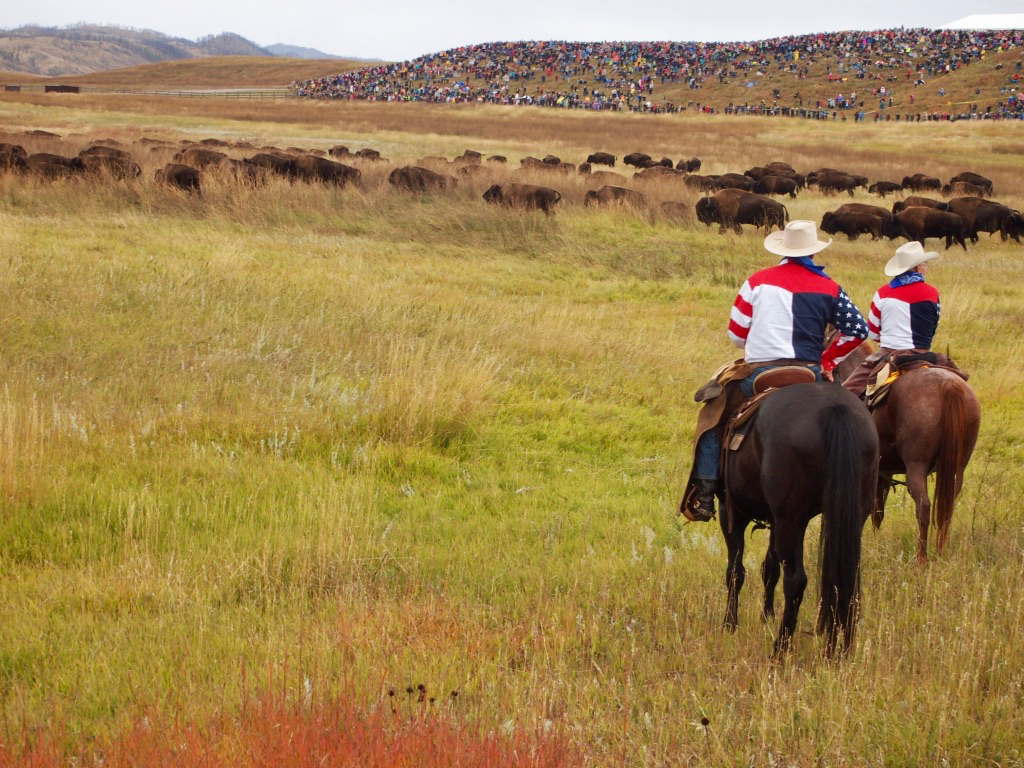
This isn’t City Slickers or some dude-ranch cattle drive here put on for mere spectacle. I’ve ridden and worked those and always had the mental image of the heifers reading newspapers and the bulls smoking cigarettes as they awaited their handlers’ arrival. Those herds can get from pasture to corral without any help from tinhorns like me because they make the same migration daily.
Here in Custer State Park, the buffalo are still wild creatures and the men and women rustling them need to know what they’re doing, calling on skills passed down to them by the likes of Buffalo Bill and Calamity Jane.
When the show is over, I head away from the real western heroes who won the day so as not to appear a poser — like one of the old bulls staying off by itself on the prairie, only without the harem in heat.
This article was featured in the InsideHook newsletter. Sign up now.
